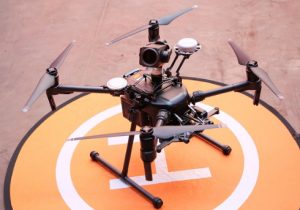
The New Zealand’s national regulatory, compliance and response agency for the safety, security and environmental protection of coastal and inland waterways, MaritimeNZ, has reminded operators of New Zealand that they must install float-free EPIRB distress beacons on commercial fishing vessels by 1 January 2019. The regulation applies to vessels between 7.5 meters and 24 meters operating outside enclosed waters.
Domonic Venz, Maritime NZ’s Assistant Compliance Manager for Southern Region, who has experience in commercial fishing, says, “Float-free EPIRBs really do increase your chances of survival because they call for help when you can’t. It’s easy to get one on your boat”.
He added in the Maritime NZ’s reminder Continue reading “NZ fishing vessel operators must install float free EPIRB distress beacons”










